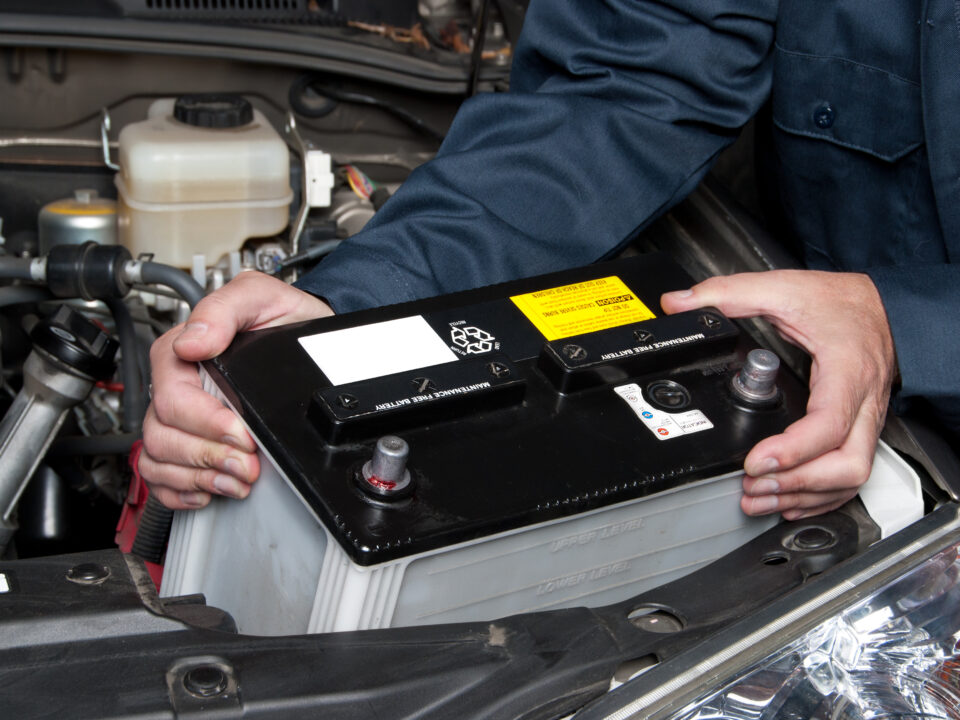- Mon - Fri: 7:30am - 5:30pm
- 613-836-6136
- stittsvilleauto@gmail.com
The Crucial Guide to Safe Braking in Icy Conditions!

Heating and Defrosting Systems: A Guide to Winter Comfort and Safety
December 1, 2023
Don’t Freeze Up! Master Winter Braking Techniques for Slippery Roads
December 29, 2023As winter blankets the world in a serene layer of snow, the picturesque scenes come hand in hand with the challenges of navigating icy roads. One of the most critical aspects of safe winter driving is mastering the art of braking in slippery conditions. From snow-covered streets to black ice patches, understanding how to apply your brakes effectively can make all the difference between a smooth winter commute and a potential collision. In this comprehensive guide, we'll delve into the crucial tips and techniques for safe braking during icy winter conditions.
**1. Know Your Braking System:
Understanding the type of braking system in your vehicle is fundamental. Most modern cars are equipped with anti-lock braking systems (ABS), which prevent wheel lockup during hard braking. Familiarize yourself with your vehicle's manual to learn about the specifics of your braking system and how it behaves in winter conditions.
**2. Maintain Adequate Following Distance:
Winter roads are notorious for reduced traction, making it essential to maintain a safe following distance. Increase the distance between your vehicle and the one in front of you to allow for extended braking time. This precautionary measure reduces the risk of collisions and provides you with more reaction time.
**3. Gentle Braking Is Key:
In icy conditions, sudden and aggressive braking can lead to loss of control. Practice gentle and gradual braking to maintain stability. If your vehicle is equipped with ABS, apply firm, steady pressure on the brake pedal. If not, use a pumping motion to prevent wheel lockup.
**4. Invest in Quality Winter Tires:
Winter tires are specifically designed to provide better traction on icy and snow-covered roads. Investing in a set of quality winter tires can significantly enhance your vehicle's braking performance during winter months. Ensure they are properly inflated, as tire pressure tends to drop in colder temperatures.
**5. Anticipate Stops and Slow Down:
Reduce your speed well in advance of a stop. Anticipating stops allows you to gradually slow down, minimizing the need for sudden and forceful braking. Remember that stopping distances increase significantly on icy roads, so slowing down is a crucial preventive measure.
**6. Avoid Overreliance on Cruise Control:
While cruise control is a convenient feature, it's best to avoid using it in icy conditions. Being in full control of your vehicle allows you to adapt to changing road conditions more effectively, especially when it comes to braking.
**7. Practice Threshold Braking:
Threshold braking involves applying the brakes to the point just before wheel lockup. This technique maximizes stopping power while maintaining steering control. Practice this skill in an open, safe space to get a feel for how your vehicle responds.
**8. Beware of Black Ice:
Black ice is a nearly invisible and extremely slippery layer that can form on road surfaces. Approach shaded areas, bridges, and overpasses with caution, as they are more prone to black ice formation. When driving on potentially icy patches, be extra vigilant and ready to adjust your braking strategy.
**9. Keep Your Brakes Well-Maintained:
Regular brake maintenance is crucial year-round, but it becomes even more critical in winter. Ensure that your brake pads, rotors, and brake fluid are in good condition. A well-maintained braking system responds more effectively in challenging winter conditions.
**10. Stay Informed About Road Conditions:
Before embarking on your winter journey, check weather and road condition reports. Being aware of potential hazards allows you to plan your route strategically and adjust your driving style accordingly. If conditions are severe, consider delaying your trip or finding an alternative route.
In conclusion, safe winter driving requires a combination of preparation, awareness, and skill. Mastering the art of braking in icy conditions is a crucial component of this equation. By knowing your vehicle, practicing safe driving habits, and staying vigilant on winter roads, you can navigate the challenges of winter driving with confidence and arrive at your destination safely.




